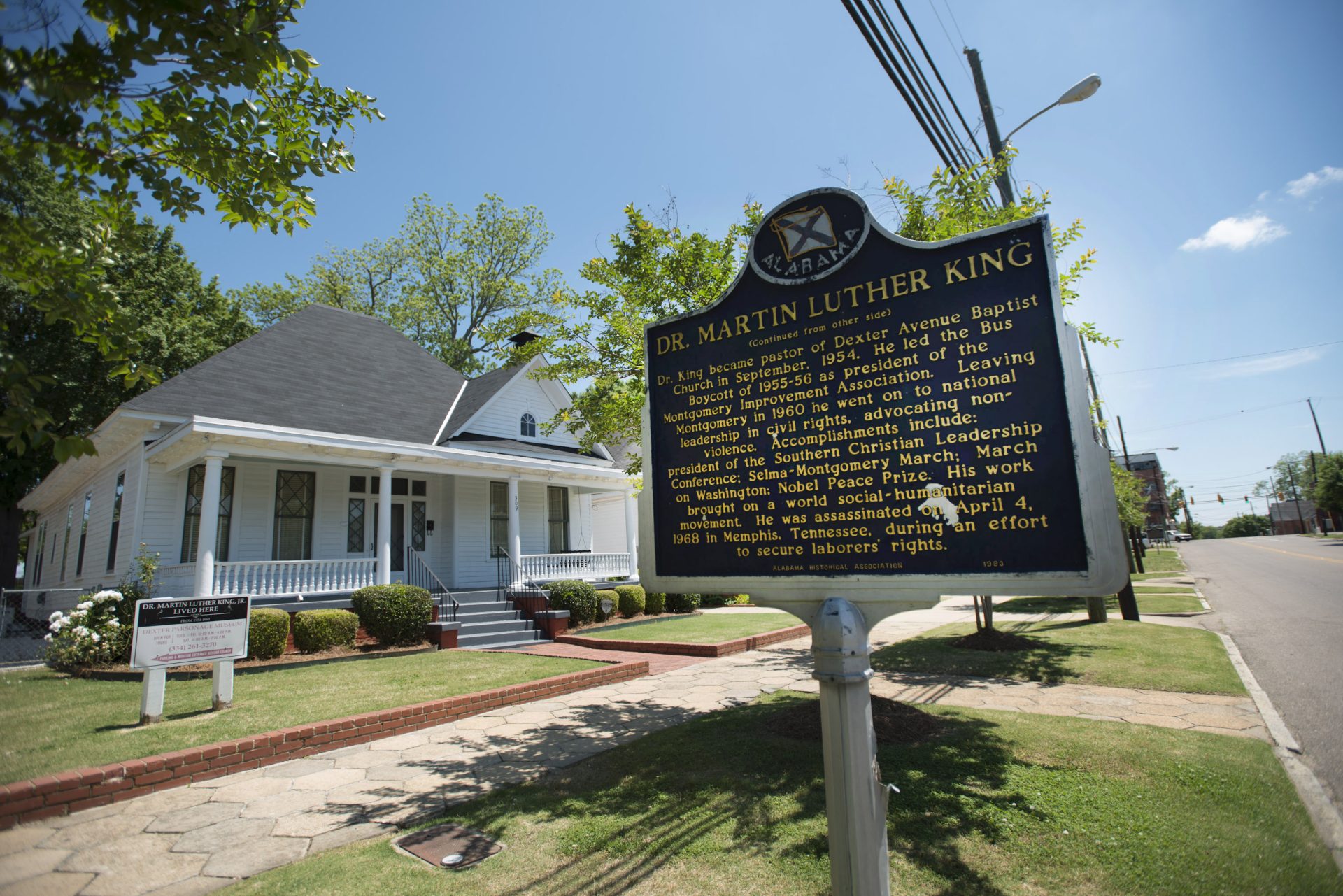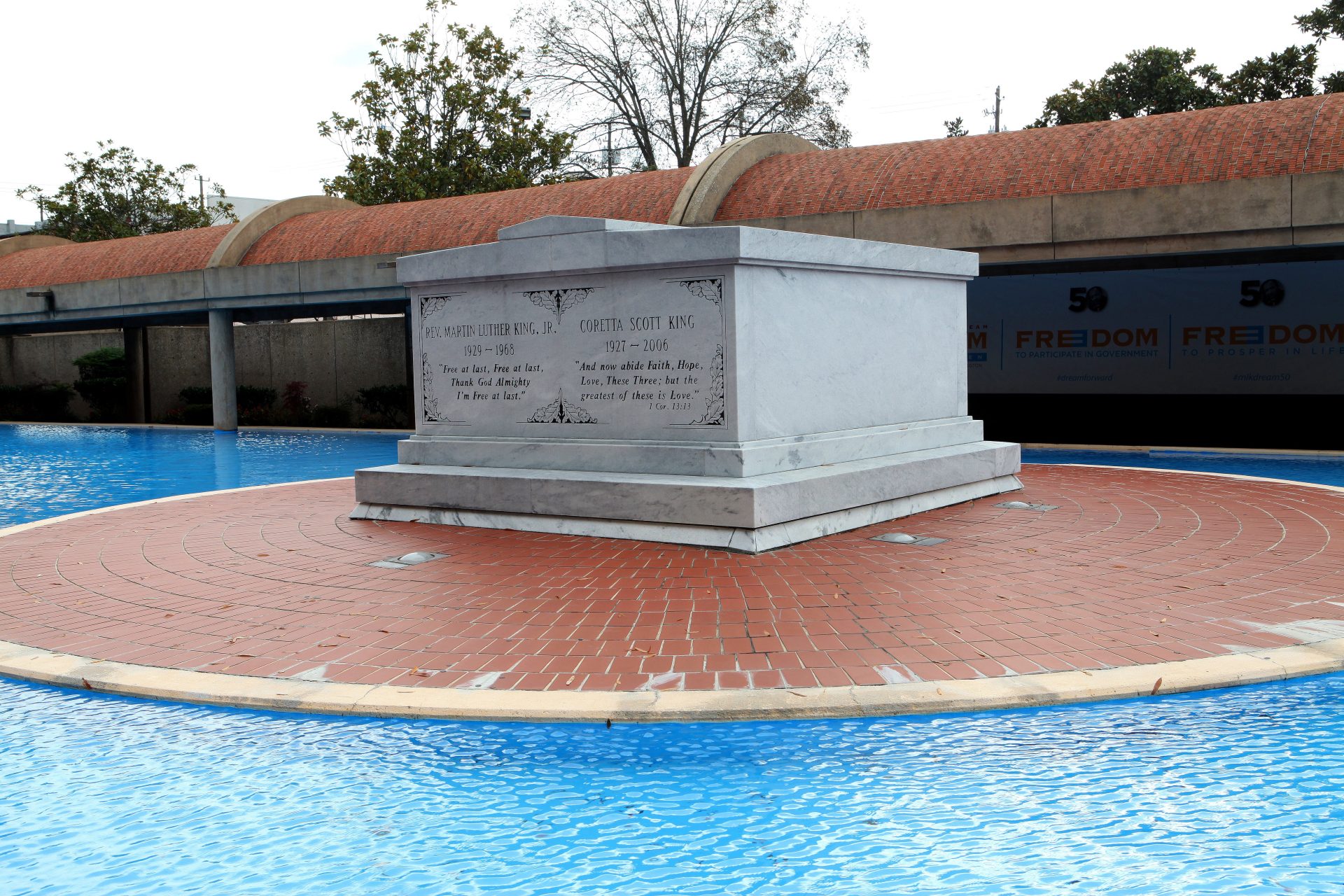A titan of the Civil Rights Movement who, in 1946, started his role of activist with an op-ed letter to The Atlanta Constitution stating that Black people "are entitled to the basic rights and opportunities of American citizens," Dr. Martin Luther King Jr. is celebrated today as an influential figure in Black history. Generations continue to pay tribute to the hard-won rights he tirelessly fought for through his activism, and this national holiday is a fantastic chance to learn more about him.
While many are familiar with the Stone of Hope - Martin Luther King, Jr. Memorial (a granite statue next to the National Mall in Washington, D.C.), there are many other places that pay direct homage to the great leader's life. A trip to any of these five locations that shaped and solidified Dr. King's legacy in American history is a fitting way to honor him for MLK Day.
Dr. King’s Birth Home (Atlanta, Georgia)

Bought by his grandparents in 1905, Dr. King (who was originally named Michael Jr.) and his two siblings were born in the two-story house on Auburn Avenue. The family home, where he spent the first 12 years of his life, was restored after his tragic passing and preserved as a place for tourists to learn more about the great civil rights activist.
Dexter Parsonage Museum (Montgomery, Alabama)

Dr. King and his family called this residence home when he became pastor of the Dexter Avenue Baptist Church in 1954. It was in this house and in his role as the pastor that he embraced the ideology of non-violence, which became the center of his activism. Although the home was targeted in attacks several times in the midst of the civil rights movement, it has been restored to its former glory for tourists.
National Museum of African American History and Culture (Washington, D.C.)

While the historic moment when Dr. King delivered his famous "I Have A Dream" speech has been immortalized on film, visiting Washington, D.C. will allow you to experience it more closely. When speaking at the March on Washington in 1963, MLK called for freedom and acceptance from his white brethren. This speech is preserved for viewing at the Museum of African American History.
The Lorraine Motel (Memphis, Tennessee)

Constructed in 1925, the Lorraine Motel became known for welcoming famous Black patrons such as soul singers Nat King Cole and Aretha Franklin. However, in 1968, its reputation was forever changed as the site where Dr. King’s life was brutally cut short. The motel was converted into the National Civil Rights Museum in 1991, and it now serves as a sobering place to reflect on the history of the Black struggle for equality.
Tomb of Martin Luther and Coretta Scott King (Atlanta, Georgia)

After Dr. King was placed in the King Center Tomb across from Auburn Avenue in 1970, his wife was laid to rest next to him in late 2006. Visitors can pay respects to both of these civil rights luminaries at the location, which also has a reflecting pool and an eternal flame.













